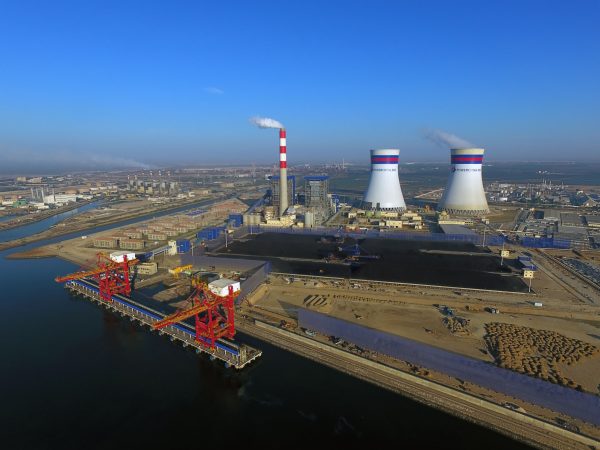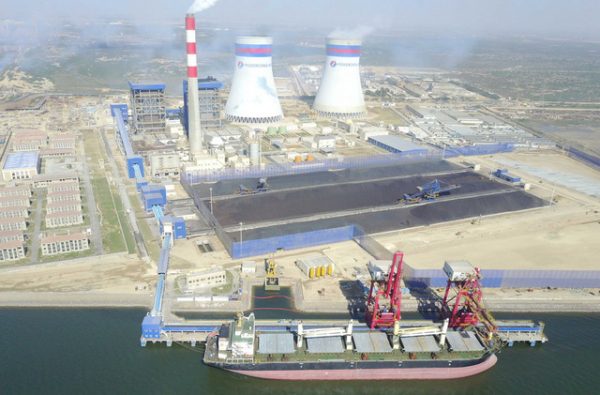Port Qasim in Pakistan is a project of the China-Pakistan Economic Corridor and a large-scale energy project invested in by both Chinese and foreign companies (China Energy Engineering Group and Qatar’s Al-Mirqab Company), with an installed capacity of 1.32 million kilowatts. It utilizes imported coal for power generation and commenced operations in 2018. During operation and storage, dust is generated on windy days, causing environmental pollution and material loss. The project employs wind control and dust suppression technology-windbreak dust suppression walls. Traditional windbreak and dust suppression walls, due to their ultra-long and ultra-wide steel structures, are difficult to transport via road logistics, especially for overseas projects, posing significant logistical challenges and costs. Moreover, repeated loading and unloading during transportation can cause deformation and surface damage to the steel truss. To address these issues, the project adopts a “modular” design, with factory processing and on-site assembly using bolt connections, significantly reducing construction time and transportation costs.


